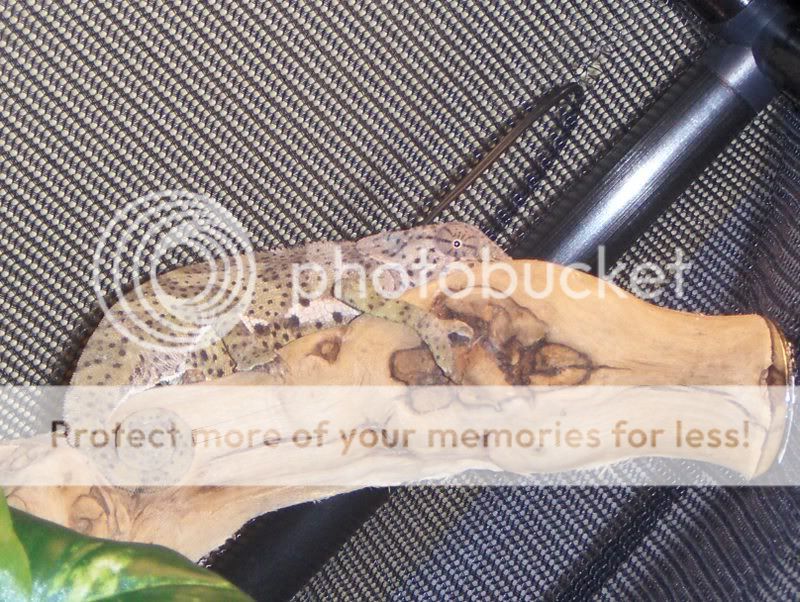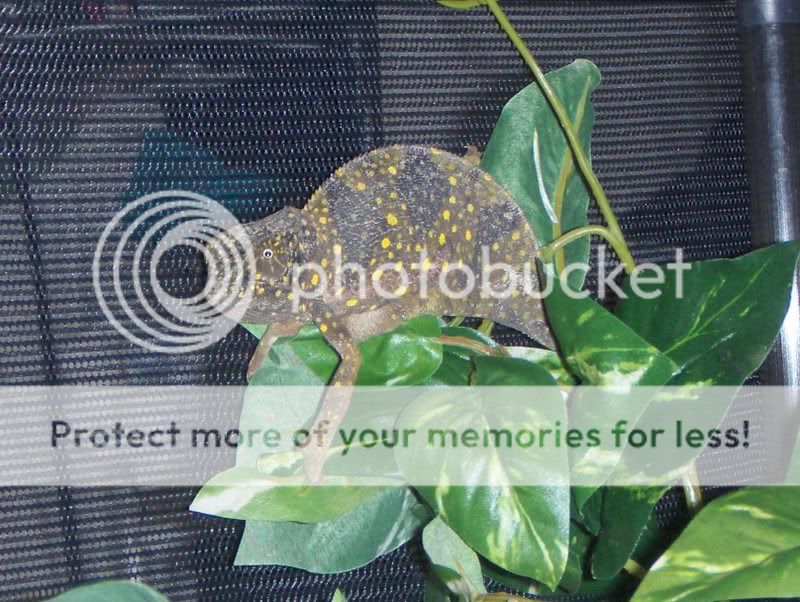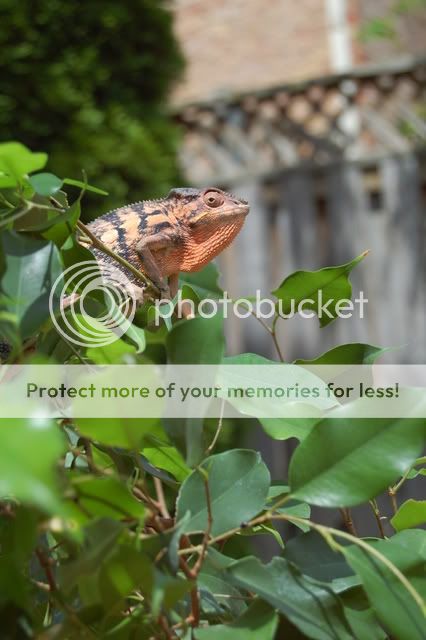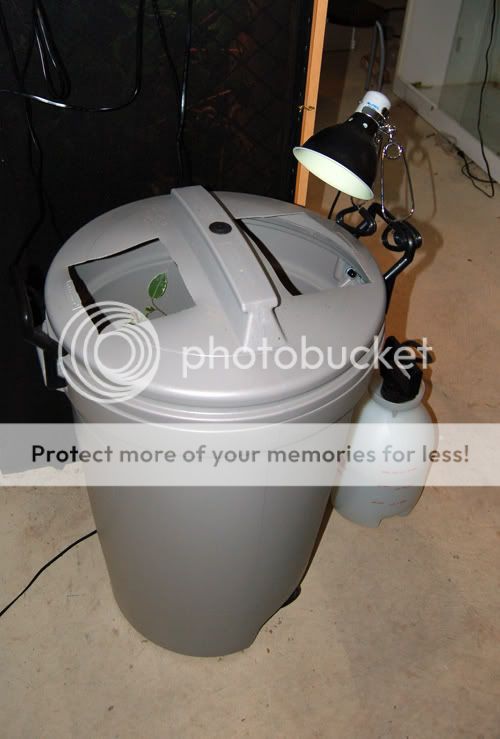Runaway900
New Member
Hi there im a regular on Reptileforums.com but I figured I'd come to a sole Chameleon forum to ask this. Now before you think im one of those people who ran out baught a cham and now am stuck with no idea please think other wise. Though these are my first chams but I have done my research and have experience with many other animals. I hate it when people run out and buy animals then expect to find all they need in one post.
My reptiles include
2.3.0 Ball Pythons
0.0.1 Red Tail Boa
0.0.1 Jungle Carpet Python
0.0.1 Sonoran Bull Snake
0.0.1 Bearded Dragon
0.0.1 Jeweled Lizard
0.0.3 Turtles: Terrapin, Side Neck, and Painted
And Now
1.1.0 Chameleons
I baught them from a breeder on Kingsnake. Sadly though no instruction was left on which was male or female. I Posted Pics the lighter one is smaller and the darker is well larger and bulky. They are both eating well. Is there any way someone can give me a hint on which is which. Thanx


My reptiles include
2.3.0 Ball Pythons
0.0.1 Red Tail Boa
0.0.1 Jungle Carpet Python
0.0.1 Sonoran Bull Snake
0.0.1 Bearded Dragon
0.0.1 Jeweled Lizard
0.0.3 Turtles: Terrapin, Side Neck, and Painted
And Now
1.1.0 Chameleons
I baught them from a breeder on Kingsnake. Sadly though no instruction was left on which was male or female. I Posted Pics the lighter one is smaller and the darker is well larger and bulky. They are both eating well. Is there any way someone can give me a hint on which is which. Thanx













